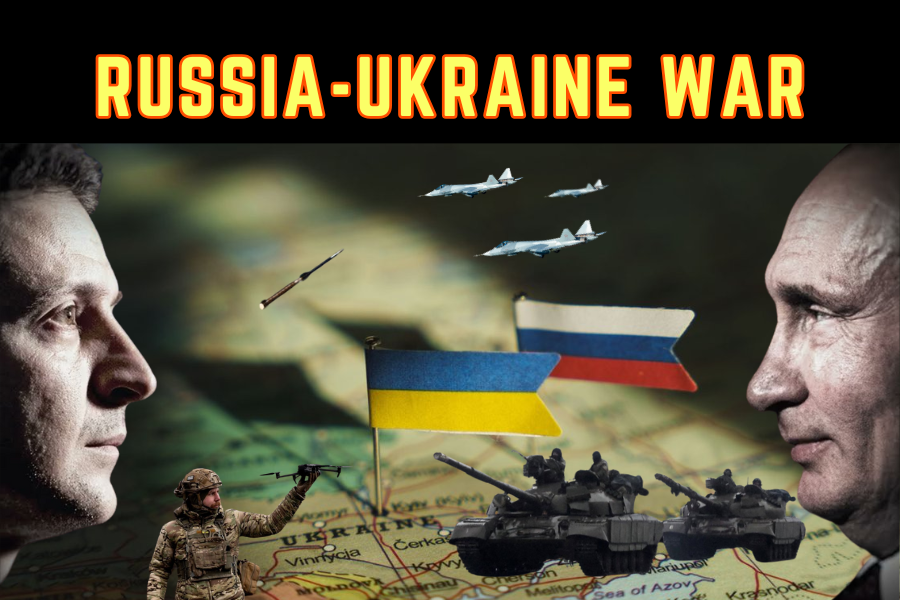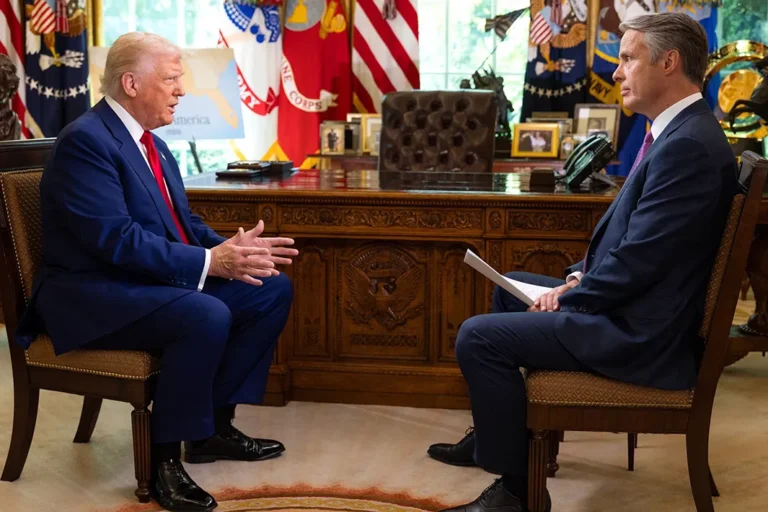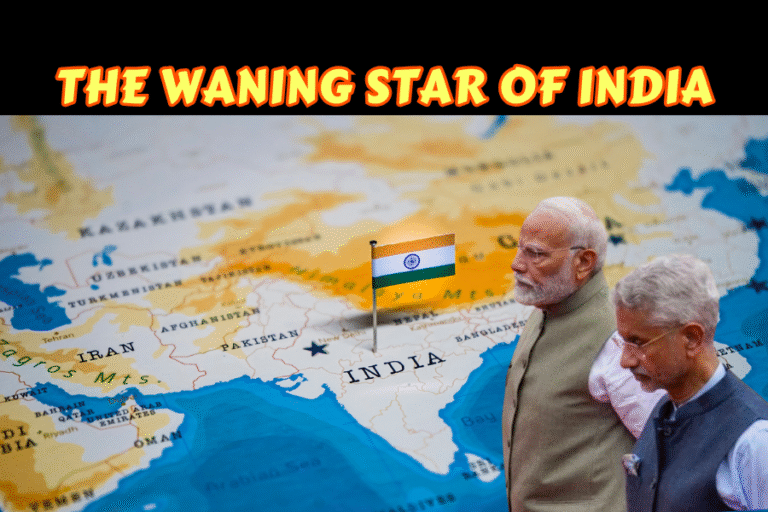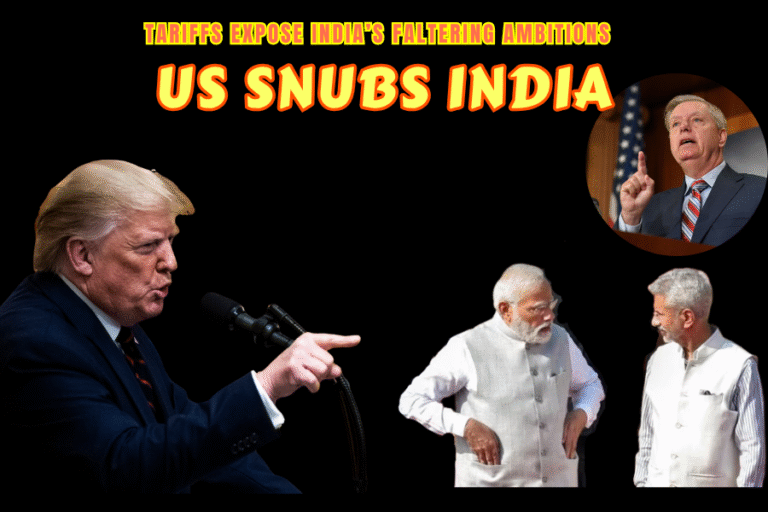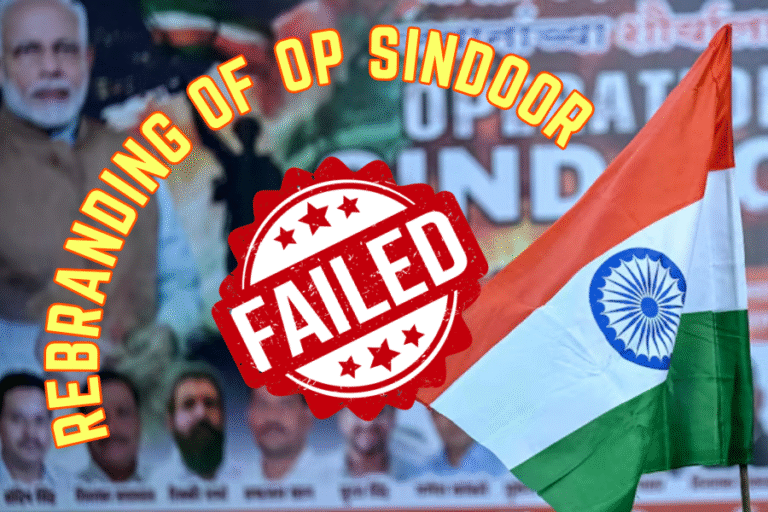(By Khalid Masood)
Three years into Russia’s invasion of Ukraine, launched on February 24, 2022, the war grinds on, a brutal testament to the collision of imperial ambition and national resilience. With over 100,000 Ukrainian and Russian casualties, 8 million refugees, and Ukraine’s energy grid in tatters, the conflict has reshaped European security and strained global stability (CFR, May 2025; UNHCR, 2024). As missiles rain on Sumy and drones strike Kursk, the world watches a faltering peace process, led by U.S. President Donald Trump, teeter on the brink of collapse. Secretary of State Marco Rubio’s April 18, 2025, ultimatum—secure a deal in days or Washington walks away—underscores the urgency and fragility of diplomacy (Reuters, Apr 2025). This article explores the Russia-Ukraine peace process, its historical roots, current dynamics, challenges, and the global imperatives for a lasting resolution, as the specter of a frozen conflict looms.
1. Historical Context: A Legacy of Tensions
The Russia-Ukraine war is not a sudden conflagration but an escalation of a decades-long struggle. Since Ukraine’s independence in 1991, Russia has sought to curb its neighbor’s Western drift, viewing it as a buffer against NATO (Brookings, Mar 2023). The 2014 annexation of Crimea and the Donbas war, fueled by Russian-backed separatists, killed 14,000 and set a precedent for “frozen conflicts” to block Ukraine’s NATO and EU aspirations (CSIS, Feb 2025). The Minsk agreements (2014, 2015), meant to freeze hostilities, faltered as Russia violated 190 accords, per military analysts (Wikipedia, Jun 2025).
Vladimir Putin’s 2022 invasion aimed for regime change and territorial conquest, miscalculating Ukraine’s resistance and Western unity (CFR, Jun 2025). Ukraine’s counteroffensives, bolstered by $100B in U.S. and NATO aid, reclaimed territory, while Russia’s Black Sea fleet retreated (CSIS, Feb 2025). Yet, neither side has achieved decisive victory, leading to a war of attrition costing Russia 900,000 casualties and Ukraine its economic vitality (CSIS, Feb 2025; Kyiv Independent, Jun 2025). This stalemate, coupled with global fatigue, has intensified peace efforts, though historical mistrust—evident in Russia’s rejection of Ukraine’s agency—complicates negotiations (SWP, Nov 2023).
2. The Peace Process: A Timeline of Efforts
Peace talks began days after the invasion, with Belarus hosting fruitless discussions on February 28, 2022 (Wikipedia, Jun 2025). March 2022 talks in Turkey yielded a draft where Ukraine offered NATO neutrality and military limits in exchange for Western security guarantees, but Russia’s demand for Crimea’s recognition scuttled progress (Atlantic Council, Nov 2024). By April 2022, Putin’s insistence on disarmament and veto power over Ukraine’s defense exposed his aim: capitulation, not compromise (Atlantic Council, Jan 2025).
In 2023, Ukraine’s 10-point Peace Formula, presented at the G20, demanded Russian withdrawal, war crimes prosecutions, and security guarantees, gaining traction among 92 nations but excluding Russia (EEAS, Jun 2024). Meanwhile, Slovakia’s Robert Fico and others urged compromise, praising Vatican, Brazil, and China plans (Wikipedia, Jun 2025). A 2023 Malta summit with 65 countries discussed Ukraine’s plan, but Zelenskyy rejected talks with “terrorists” absent Russian withdrawal (Wikipedia, Jun 2025).
Enter Trump in 2025, vowing to end the war swiftly (CFR, May 2025). U.S.-brokered talks in Riyadh secured a partial ceasefire, but a February 28 Oval Office clash—where Trump accused Zelenskyy of “gambling with World War III”—halted a minerals deal and U.S. aid (Wikipedia, Jun 2025). April 2025 talks in Paris, involving European powers, showed promise, with Rubio’s framework receiving an “encouraging reception” and Zelenskyy’s office calling them “constructive” (Reuters, Apr 2025). Yet, Rubio’s April 18 ultimatum reflected White House frustration, exacerbated by a Russian missile strike in Sumy killing 35, which Trump labeled a “mistake” (Reuters, Apr 2025).
3. Current Dynamics: Players and Positions
The peace process hinges on irreconcilable demands:
- Russia: Putin seeks control of Donetsk, Luhansk, Zaporizhzhia, and Kherson, Ukraine’s NATO exclusion, military limits, and sanctions relief (Reuters, May 2025). Kremlin spokesman Dmitry Peskov claims progress but prioritizes Russia’s interests (Reuters, Apr 2025). X posts suggest Putin stalls for a summer offensive in Sumy or Kharkiv (@RealJakeBroe, May 30, 2025).
- Ukraine: Zelenskyy demands full territorial restoration, war crimes trials, prisoner returns, and NATO-like guarantees (EEAS, Jun 2024). Kyiv rejects neutrality or territorial concessions, fearing a defenseless state (Atlantic Council, Jan 2025). A senior Ukrainian official noted slow progress in June 2025 talks, with only prisoner swaps agreed (@NOELreports, Jun 2, 2025).
- United States: Trump’s team, including Rubio and Vice President JD Vance, pushes for a quick deal, threatening aid cuts to Ukraine or tougher sanctions on Russia (Reuters, Apr 2025). Vance’s April 18 optimism in Rome contrasted Rubio’s impatience, highlighting U.S. urgency (Reuters, Apr 2025).
- Europe: Alarmed by U.S. retrenchment, leaders like UK’s Keir Starmer and France’s Emmanuel Macron pledge a “coalition of the willing” for Ukraine’s security, with NATO contingents post-war (Brookings, Apr 2025). Europe’s $50B aid in 2024 signals commitment, but economic strains and populist rise limit capacity (Brookings, Apr 2025).
- Global South: Nations like India and South Africa abstain from condemning Russia, hedging in a multipolar world (Brookings, Mar 2023). China’s absence from the 2024 Swiss Peace Summit and its neutrality claims weaken its mediation role (EEAS, Jun 2024).
Recent talks in Istanbul on June 3, 2025, yielded prisoner swaps but no ceasefire, with Russia rejecting Kyiv’s terms (@PiQSuite, Jun 3, 2025). Trump’s envoy, Steve Witkoff, met Putin, echoing Moscow’s narrative, raising fears of U.S. bias (Brookings, Feb 2025).
4. Challenges to Peace
The peace process faces formidable obstacles:
- Incompatible Goals: Russia’s demand for territorial annexation and Ukraine’s insistence on sovereignty are non-negotiable, echoing the 2022 talks’ collapse (RAND, May 2025). Putin’s disinterest in compromise, per ISW, aims for Ukraine’s “full capitulation” (ISW, Jun 2025).
- Mistrust: Russia’s violation of 190 agreements, including Minsk, fuels Ukraine’s skepticism (Wikipedia, Jun 2025). Zelenskyy’s 2023 rejection of talks with “terrorists” reflects this (Wikipedia, Jun 2025).
- U.S. Impatience: Trump’s April deadline risks abandoning mediation, leaving Europe unprepared to fill the void (Reuters, Apr 2025). His aid suspension post-February clash weakened Ukraine’s leverage (Conference Board, Mar 2025).
- Russian Intransigence: Putin’s nuclear threats and Kharkiv offensive signal defiance (Atlantic Council, Jan 2025). X posts claim he awaits a military edge (@RealJakeBroe, May 30, 2025).
- Global Divisions: The Global South’s abstentions and China’s ambivalence dilute international pressure on Russia (Brookings, Mar 2023). Only 75% of UN members condemned Russia’s annexations (Brookings, Mar 2023).
- Domestic Pressures: Ukraine’s war fatigue and conscription challenges contrast Russia’s militarized society, with 700,000 traumatized soldiers looming (Brookings, Apr 2025; CSIS, Feb 2025).
5. Military and Diplomatic Analysis
Militarily, the war is a stalemate. Russia’s 2024 gains were modest, costing 800,000 casualties, while Ukraine holds Kursk salient as a bargaining chip (CSIS, Feb 2025). Ukraine’s drone strikes, like Operation Spider Web, and Black Sea victories showcase resilience, but energy infrastructure losses cripple its economy (ISW, Jun 2025). Russia’s missile stockpiling and GRU attacks in Europe signal long-term aggression (CSIS, Feb 2025).
Diplomatically, the U.S. holds unique leverage, with $595.9M in arms sales to Ukraine and sanctions crippling Russia’s economy (State.gov, Mar 2025). Yet, Trump’s mediation missteps—engaging Putin before Zelenskyy and conceding on NATO—undermine Kyiv (Brookings, Feb 2025). Europe’s pledge for post-war security, including Macron’s NATO contingent, counters U.S. withdrawal but lacks U.S. firepower (Brookings, Apr 2025). Turkey’s mediation, as in 2022, and Saudi Arabia’s hosting show neutral actors’ potential, but Russia’s veto power in the UN Security Council blocks codification (Brookings, Mar 2023).
Realist theories explain Russia’s aggression as a response to NATO’s expansion, while liberal perspectives highlight Putin’s imperial ideology (Defense Priorities, Jun 2024). Both underscore the need for compromise, absent in Russia’s demands (Davis Center, Aug 2024).
6. Pathways to Peace
A durable peace requires addressing core issues:
- Territorial Compromise: Deferring Crimea’s status, as in 2022 talks, and freezing Donbas lines could stabilize fronts, akin to Korea’s partition (Atlantic Council, Apr 2025). Ukraine’s Kursk salient offers leverage (Conference Board, Mar 2025).
- Security Guarantees: An “Article 5-like” pact, as proposed in April 2025, with European NATO members and U.S. backing, could deter Russia without full NATO membership (Reuters, Apr 2025). Turkey or India as guarantors could bridge East-West divides (Brill, Dec 2024).
- Ceasefire Mechanics: Simultaneous military de-escalation, monitored by UN peacekeepers, and prisoner/child repatriation, per Ukraine’s Peace Formula, build trust (EEAS, Jun 2024). Shuttle diplomacy, as Turkey used, can bypass direct talks (Brill, Dec 2024).
- Sanctions Relief: Gradual easing of 2014 Crimea sanctions, as Ukraine proposed, tied to Russian compliance, incentivizes Moscow (Reuters, Apr 2025). Frozen Russian assets ($300B) could fund Ukraine’s reconstruction (Reuters, Apr 2025).
- Global Engagement: Involving Brazil, India, and South Africa in talks counters Global South hedging, while UN Charter-based frameworks legitimize outcomes (EEAS, Jun 2024). China’s mediation, if neutral, could pressure Russia (Consilium, Mar 2024).
- Domestic Support: Ukraine’s war fatigue requires economic aid ($50B EU pledge, 2024), while Russia’s militarized education risks future aggression, necessitating cultural demilitarization (CSIS, Feb 2025; Ember, 2024).
7. Risks and Consequences
Without peace, risks escalate:
- Frozen Conflict: A ceasefire without resolution, as in Donbas, empowers Russia to rearm (Wikipedia, Jun 2025). Putin’s nuclear doctrine revisions heighten escalation fears (Brookings, Apr 2025).
- U.S. Withdrawal: Trump’s exit could collapse aid, weakening Ukraine and emboldening Russia (Conference Board, Mar 2025). Europe’s $50B cannot match U.S. $100B (Brookings, Apr 2025).
- Global Instability: Food and energy crises, worsened by Black Sea disruptions, threaten the Global South (EEAS, Jun 2024). Russia’s GRU attacks in Europe signal hybrid warfare (CSIS, Feb 2025).
- NATO Fracture: U.S.-Europe tensions, post-Riyadh talks, strain the alliance, fulfilling Putin’s aim (Brookings, Apr 2025).
8. Conclusion: A Diplomatic Imperative
The Russia-Ukraine war, a clash of sovereignty and empire, tests the world’s resolve to forge peace amid power rivalries. Trump’s faltering mediation, marked by optimism and ultimatums, underscores diplomacy’s complexity. Historical mistrust, incompatible demands, and global divisions obstruct progress, yet military stalemate and human toll demand resolution. As Clausewitz wrote, “War is the continuation of policy by other means”—peace must now be policy’s instrument. Compromise on territory, robust guarantees, and inclusive talks offer a path, but only if all parties, led by a steadfast U.S. and united Europe, prioritize stability over victory. The alternative—a fractured world, emboldened aggressors, and endless suffering—is a price humanity cannot afford.

